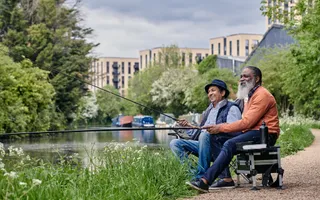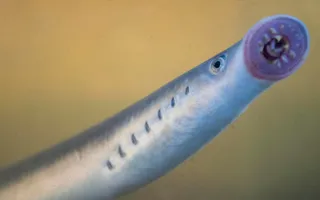Flounder and our canals
A bottom living flatfish, flounders are mostly found in river estuaries and have even been recorded swimming through Diglis Fish Pass, near Worcester.
How to identify a flounder
The flounder’s flat shape is unique. Born as a round fish, the flounder flattens out as it matures and settles onto its side on the sea bed.
The side of the flounder without eyes is pale, often white with blotchy markings, while the top side is dark green or yellowish-brown, covered in distinctive hard nodules (known as tubercles).








